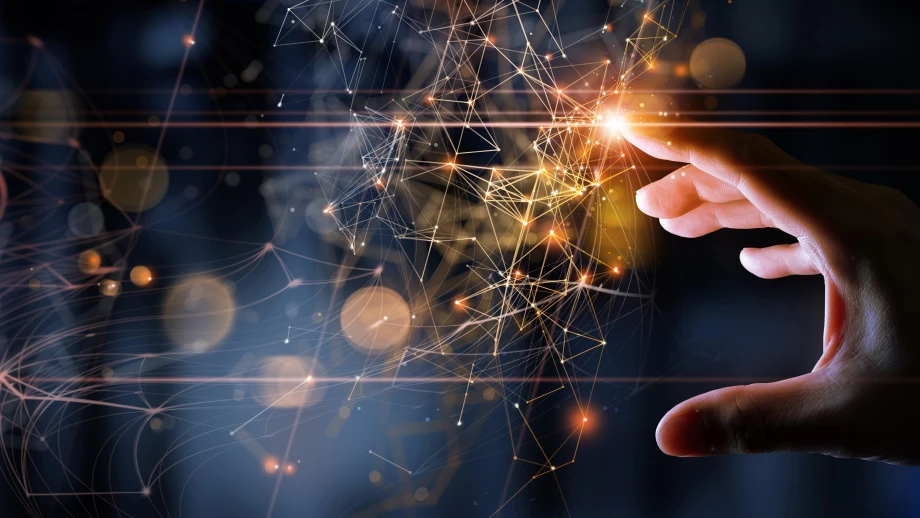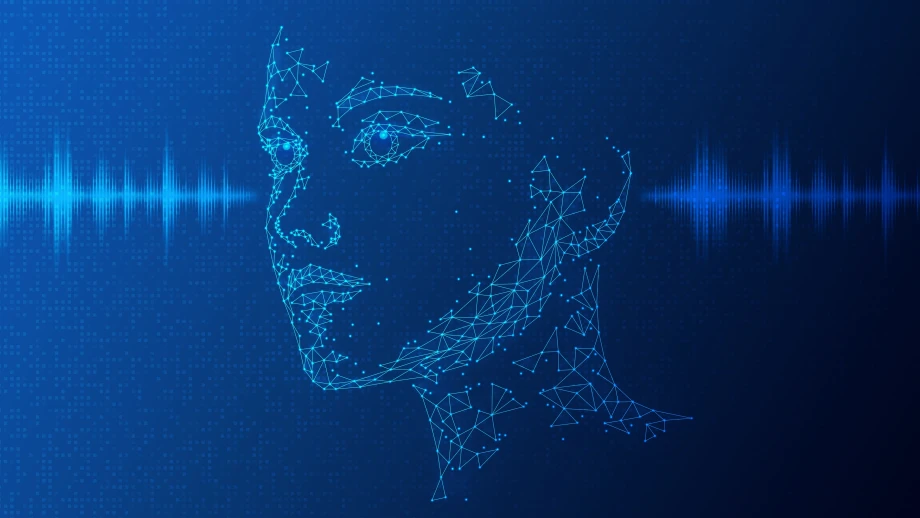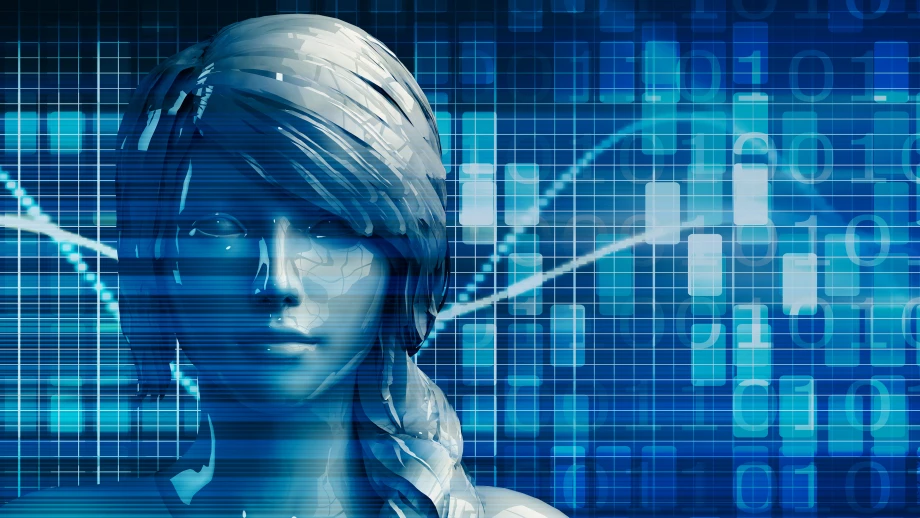Article
4 min read
Artificial intelligence can make quality control more efficient
One of the areas of application of artificial intelligence with the greatest potential is quality control. By using intelligent cameras and AI-based software, quality control can be boosted up to speeds beyond human capabilities without the need for additional manpower.

Manufacturing companies have used industrial cameras for years to replace human labour in visual quality control. However, the introduction of quality control software based on artificial intelligence or deep neural networks has brought significant advances over previous machine visual inspection solutions.
In order to understand how AI is changing inspection based on industrial cameras, we explain the processes behind traditional industrial inspection procedures using machine vision. In the first step, an expert decides which features of the images captured by the camera (e.g. edges, curves, corners, colour patches, etc.) are relevant for inspection. Then the expert creates a rule-based system that details, for example, how "yellow" and "curvature" classify an object as a "ripe banana" on the packing line. Based on the expert's input, the resulting system automatically decides whether or not the product meets the required standard.
Although this method has proven to be very efficient, there are some applications where it finds machine vision ineffective. For example, it is difficult to spot cases where the difference between good and bad products is reflected in quality parameters, and the difference is very subtle, complex or diversified.
That's where AI comes in. Instead of relying on rules created by an outside expert, machine vision-based systems can learn on their own which aspects are important and discover correlations between parameters that determine quality products.
With deep neural network-based algorithms, engineers no longer need to build machine vision models for every manufacturing scenario. They just need to collect the right data - e.g. ‘OK’ and ‘NOK’ products from manufacturing - and train the model with them. In a typical inspection task, a deep neural network can be taught to visually recognise, for example, the occurrences of burred or defect-free injection moulded parts from their images. We may conclude, therefore, that AI-based quality control systems can be used efficiently where the goal is to detect a wide variety of a number of defects that cannot be readily described by simple rules.
By implementing such a solution, not only engineering manhours can be saved, but the cost of human resources for quality control can also be cut back, the accuracy and stability of quality control can be improved, and ultimately the loss and customer complaints resulting from the output of defective finished products can be curtailed, too.
Do you want to take advantage of digitisation? Then become familiar with the Stratis service portfolio, which includes all the elements that allow us to offer a customised solution to the specific unique problems of manufacturing companies!


















